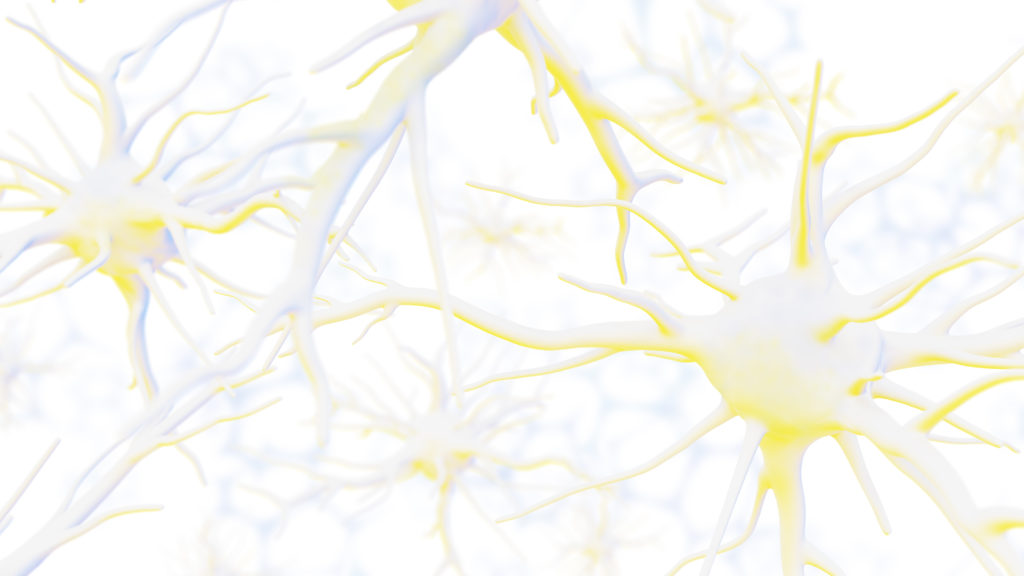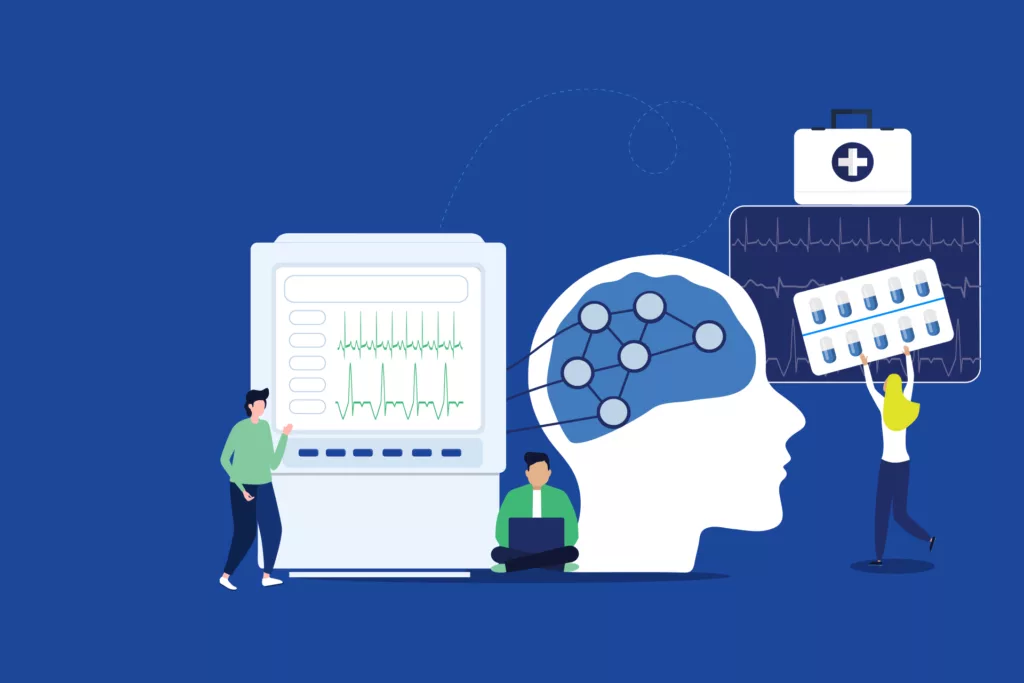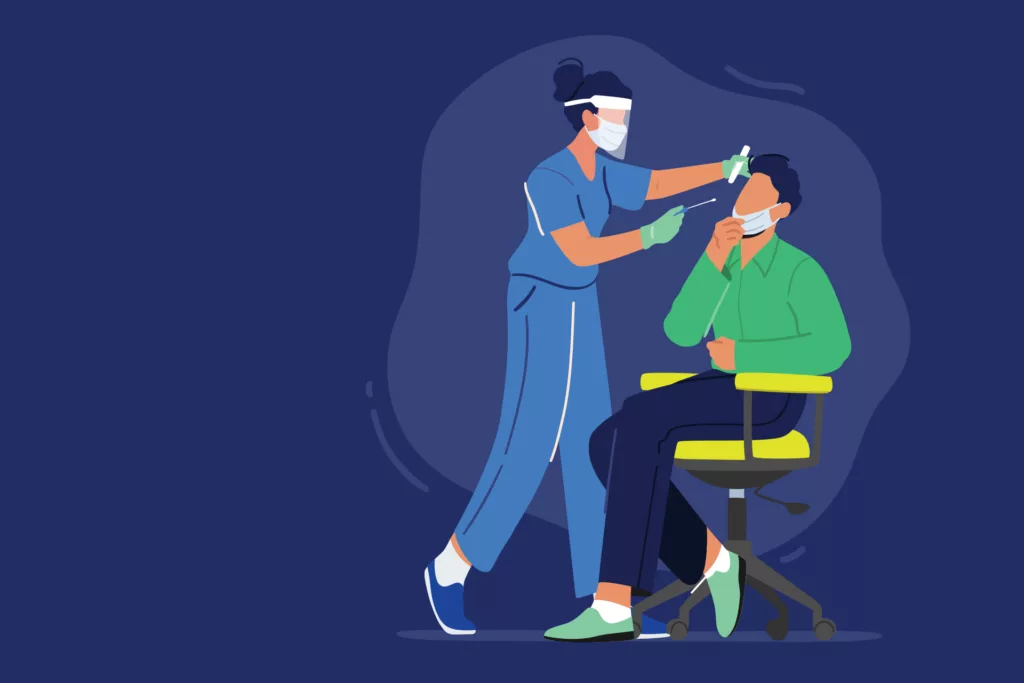Migraine is a neurological disorder with severe throbbing/pulsating headache generally associated with visual disturbances, nausea, vomiting, dizziness, and sensitivity to light/sound. Migraine is often a disabling condition which affects more than 38 million people in the US. Migraine is three times more common in women than in men. Children are not immune as one out of 10 children will experience a migraine. Nine out of ten people with migraine cannot function normally during an attack, missing work or school. Migraine is the third most prevalent and sixth most disabling illness across the globe.
Pharmacologic treatment for migraines can be categorized by drugs used to prevent migraines and drugs used for acute treatment. We will look at acute treatment in this newsletter. Studies show that migraine medications are most effective when taken early on during severe migraine attacks. The approach to treatment depends on the severity of the attack, presence of nausea/vomiting, and other patient specific factors. Mild to moderate migraine attacks without nausea/vomiting can be usually treated with NSAIDs (non-steroidal anti-inflammatory agents) and acetaminophen. For patients with moderate to severe migraine attacks without nausea/vomiting, oral triptans would usually be used first line. If nausea/vomiting is present, antiemetics. Another option may be to use the subcutaneous or nasal version of the triptans instead.
There are currently seven triptans available in the market today: sumatriptan, zolmitriptan, naratriptan, rizatriptan, almotriptan, eletriptan, and frovatriptan. These are older agents which have all lost their patents. Patients who do not respond well to one triptan may respond to another, which is why payers may include a double or triple step before using a more expensive alternative in their UM criteria.
New developments in acute migraine treatments have been stagnant for some time. Beginning late last year, three new acute migraine treatments were approved. Although it is good to have new treatment options in this category, these three new entrants come with mixed reviews.
Newer Treatments
Reyvow (lasmiditan)
Approved on October 11, 2019 Reyvow Is a first in class 5-HT1F receptor agonist used to treat acute migraine. Reyvow has shown solid efficacy in treating acute migraine as demonstrated in two randomized, double-blind, placebo-controlled trials (Samurai Study and Spartan Study). Freedom from pain two hours after a single dose is a common efficacy measurement for migraine drugs. In both studies, the percentage of patients that showed freedom from pain 2 hours after treatment was greater with those taking Reyvow compared to placebo. The 2-hour freedom from pain rate was 31.8% and 38.8% for the 200mg dose, versus 15.3% and 21% in the placebo arm. Reyvow’s potential benefits may be offset by label warnings, side effect profile, and controlled substance scheduling. Reyvow’s side effects include dizziness and drowsiness. Labeling also says patients should not drive or operate machinery for at least 8 hours after taking the drug. Poses risk of potentially life-threatening serotonin syndrome, alone or with serotonergic drugs (e.g., triptans, ergots, SSRIs, etc). There is also risk for abuse potential which is why it is a Schedule V controlled substance. Cost of Reyvow is $80/tab WAC.
CGRP (calcitonin gene-related peptide receptor) antagonists
CGRP receptor antagonists are a relatively new class of drugs used to manage migraines. CGRPs are thought to play a role in pain transmission which can trigger migraines. In 2018, three CGRP receptor antagonists (Ajovy, Aimovig, Emgality) were approved to manage migraines. They are all injectable formulations administered either SC or IV to prevent chronic or episodic migraine. Late 2019/early 2020 came two new CGRP entrants Ubrelvy and Nurtec, which are taken orally but are used to treat acute migraine. Each of the CGRP products have similar efficacy, safety and tolerability. They differ in indication (prophylactic vs acute treatment), route of administration and dose.
Ubrelvy (ubrogepant)
Ubrelvy, approved on December 23, 2019, was the first oral calcitonin gene-related peptide (CGRP) receptor antagonist approved to treat acute migraine. The dose is 50mg to 100mg as a single dose and may be repeated after 2 hours if needed (Max-200mg daily (100mg in severe renal or hepatic impairment). The cost per tablet is $85 WAC. Ubrelvy and the CGRPs in general are well tolerated and have a better safety profile compared to Reyvow and the triptans. There are potential drug interactions so prescribers should avoid concomitant use of strong CYP3A4 inhibitors and consider dose reductions with weak or moderate CYP3A4 inducers and inhibitors, or BCRP and/or P-gp inhibitors. In terms of efficacy, Ubrelvy works marginally better than placebo. Although clinical trials showed the percentage of patients achieving freedom from pain 2 hours post dose was greater among those taking Ubrelvy compared to placebo, it was only a 9.4-point difference (21.2% Ubrelvy vs 11.8% Placebo) (NCT02828020) at the higher dose of 100mg.
Nurtec (rimegepant)
Nurtec, the second oral CGRP used to treat acute migraine, was approved on February 27, 2020. Available as 75mg tablets, Nurtec’s quick dissolving formulation can provide fast pain relief which may help some patients return to normal function within one hour. Similar to Ubrelvy, it is not indicated for preventative treatment, it is well tolerated with a similar side effect profile. There are potential drug interactions so prescribers should avoid using strong CYP3A4 inhibitors Patients just need to be aware of potential drug interactions and avoid concomitant use of strong CYP3A4 inhibitors, strong or moderate CYP3A inducers, or inhibitors of P-gp or BCRP. Its efficacy is also similar to Ubrelvy, with study NCT03461757 showing a 10.3 point difference (21.2% Nurtec vs 10.9% Placebo) in patients that achieve freedom from headache pain 2 hours post dose among those taking Nurtec compared to placebo. Nurtec’s cost is $106.25/tab WAC which is 25% higher than Ubrelvy; however, Ubrelvy’s dose may be repeated while Nurtec is only taken as a single dose.
Conclusion
While triptans are considered first-line prescription treatments for acute migraines, approximately 30% of patients don’t respond to treatment, and 10–20% have cardiovascular risk factors which is a contraindication. Reyvow and the CGRPs may be an alternative. Physicians will need to balance side effects with efficacy in choosing the right alternative. Payors will need to focus on contracting and utilization management to assure members receive the most cost-effective treatment.
CGRP Pipeline
- Each of the current CGRP migraine drugs are approved to either prevent or treat acute migraine, none of them have both indications. Nurtec will file for prophylactic use in 2020 with the possibility of approval sometime in 2021. Vyepti, the injectable CGRP, which is currently approved for preventative treatment of migraine, may apply for the acute indication in the near future. It is also being studied in cluster headaches.
- AGN-214689 (Atogepant) – Oral CGRP in Phase III for prophylactic treatment
- BHV-3500 (Vazegepant) – Intranasal CGRP in Phase III for acute migraine treatment
References
https://migraine.com/migraine-statistics







